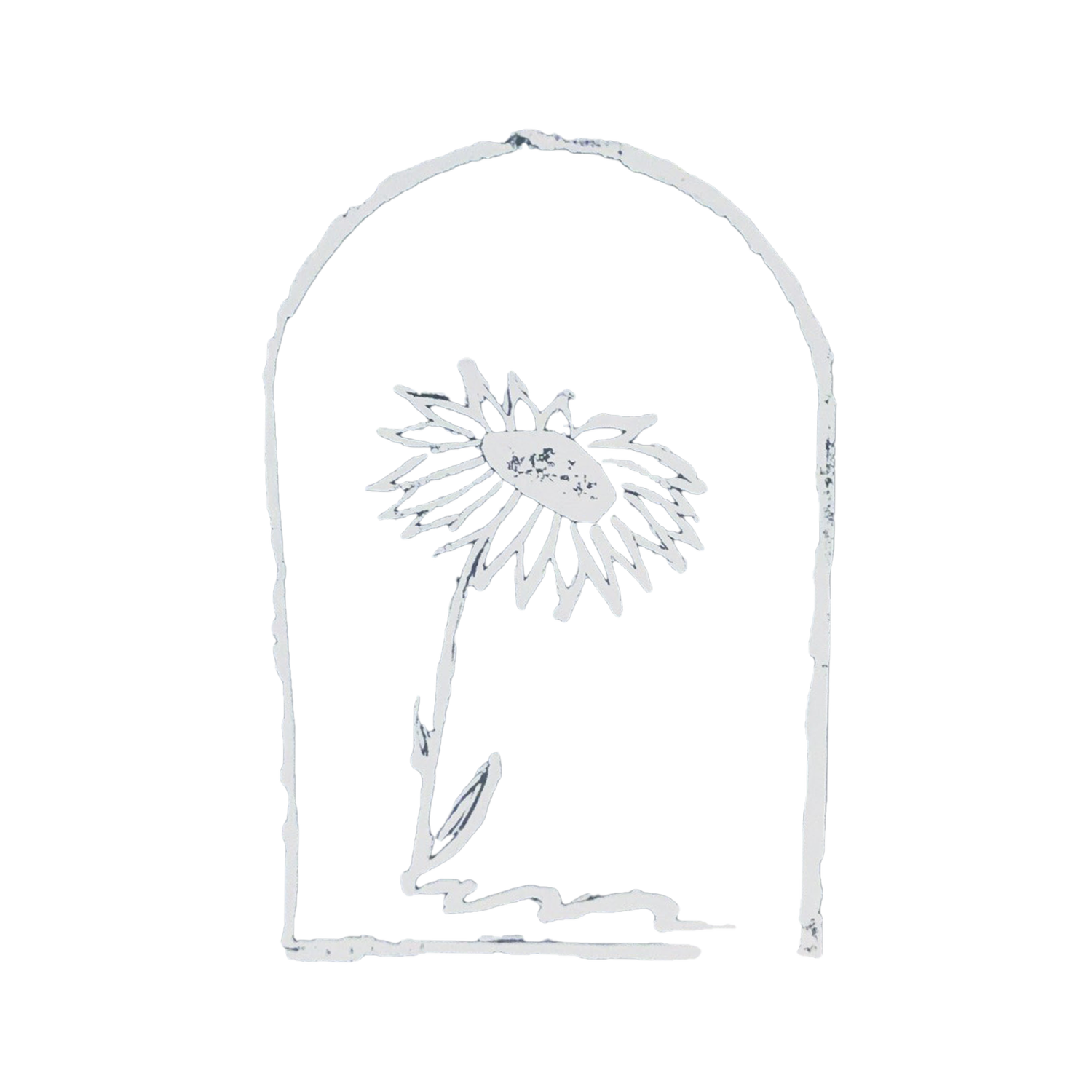
About
Hi! My name’s Daisy Stewart-Darling and I’m currently living in St.Leonards-on-Sea, which is part of the wider town of Hastings, East Sussex.
Daisy Does Lino has been born out of a self-taught practice of lino cutting and printing since 2021.
My work often centres around themes of ecology, exploring topics of mental health, or sometimes just weird dreams/ideas that pop into my head that I’m just too curious not to print and see the result of!
I’m conscious about considering the roots (no pun intended), of all the materials I use, and as a result the lino, paper and packaging I use is entirely plastic free, plant based, and fully biodegradable.
I’m continuously exploring how we work with our natural environments to create work that connects and respects our wider ecosystem and redirects attention and appreciation back towards it.
What is Lino Printing?
Lino art is quite an involved process. I start by designing the piece before tracing it onto the linoleum itself. The design is then carefully carved into the lino, before inking and hand printing it onto the paper. In the case of multi-layer-colour prints, known as reduction prints, each layer of colour is individually cut and printed on top of the previous layer, which is much more technical as it requires the print to be meticulously lined up each time, and once that new layer is cut, there’s no going back.
What materials do you use?
The lino: I choose to use is the traditional hessian-backed linoleum. This is fully biodegradable and made from linseed, pine resin, and cork dust. Fun fact: linseed or Linum usitatissimum as is its scientific name, is the oldest cultivated plant dating all the way back to the upper Paleolithic period 30,000 years ago. It is the same plant Ancient Egyptians used to make linen to embalm and wrap mummies with, and Romans used for sails in their ships. We tend to use it still in fabrics, but also in lots of wood finishing products in construction, and of course vegan eggs. Its more familiar name is the flaxseed plant, which is a common ingredient in vegan substitutes…such as ‘eggs’.
The paper: I do use Fabriano and khadi papers but have been really enjoying using Lokta paper recently. Lokta is derived from the evergreen shrub Daphne Papyrus bush which grows in the Himalayas of Nepal. It is handmade, natural and sustainably sourced. The strong fibres of the woody inner bark of this plant have made it a popular choice for over 1,900 years, traditionally used as scripture paper by Nepalese Buddhists, and governmental documents due to its strength and endurance.
Tools: I use a combination of Japanese wood carving tools, taking a lot of inspiration and learning from Japan’s rich history in printmaking. I also typically use swiss pfeil tools which I’m really comfortable using.
Commissions and collaborations
Interested in a commission? Contact me via my e-mail: daisydoeslino@gmail.com with a brief overview of what you’re after and any reference images. Pricing will vary depending on the size and nature of the print (be it reduction or mono coloured), due to the nature of the time taken to create the work.
If you’re a business or looking for an artist collaboration, I’m also available for illustration, merch design etc. If you have an idea, let’s chat 🙏
Workshops
To join a public workshop follow the events link to see the available upcoming classes. I’m also now available to hire for private, pop-up workshops for your team days, parties, hen-do’s etc. Standard charge is £44pp, travel fee may be included if outside the Hastings area. Minimum group size 3 people, maximum 10. This Get in touch to book :)
Seen something you like?
There will be an official shop coming soon, until then if you have an enquiries regarding a specific print you like the look of, please don’t hesitate to get in touch :) More of my work can be found on my instagram.




